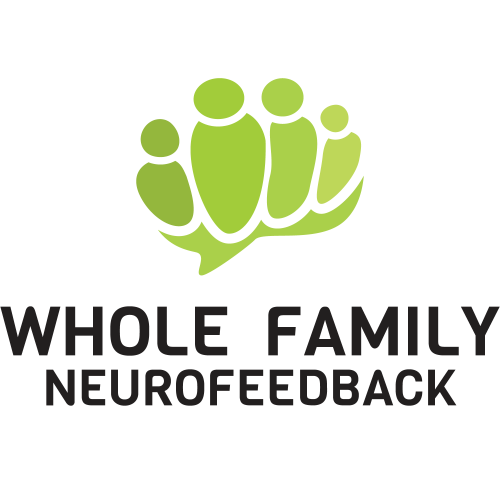Are you a counseling professional who might be interested in finding ways to improve client outcomes? Do you work a lot with clients who perhaps need more assistance than others? Neurofeedback is used for a wide variety of clients, but in my counseling practice, I have seen particularly powerful changes with clients who struggle with high levels of emotional reactivity and pain. The following is a case study of a woman who came to see me where neurofeedback enabled her to finally use counseling effectively.
I first met Carol several months after she’d left the orthodox faith of her youth. She was clearly confused and hurt by the extreme teachings and norms of this faith. The rules for how a woman was to dress were so restrictive, and Carol was so disoriented, she struggled terribly with what to wear anymore. She was hyper aware and obsessed with what others might be thinking about her bare shoulders or ankles or arms. But something was missing in her representation of her life. The picture was difficult to put together. The degree of her disorientation…the sudden tearfulness…the off-hand comments about her husband or her family or her kids…the fact that she barely opened up about what might really be going on in the marriage.

Nothing was adding up, and I wasn’t sure if I even had enough of a connection with her for her to keep coming. She would show up, get fairly upset, and then leave. This was not how I liked to do therapy. After 21 years, I’ve learned that if clients come in and end up re-living their nightmares or complaining helplessly for an hour, not a lot gets done. But this is how so many with these kinds of issues present. When I became clear that Carol wasn’t going to be able to progress very far without it, I recommended neurofeedback.
Carol tried a session in the office, then took home one of our rentals. She came back 2 weeks later, still anxious, still a bit of a mess, but finally coherent…finally ready for therapy…and perfectly primed to break out of the soul sucking cycles she was caught in.
Over the following sessions, the story started to come together. Carol had been date raped in college. I knew something had happened to her—one of those off hand comments she’d make prior to the neurofeedback—but she was now able to talk about it coherently and, even more importantly, to make sense of current triggers. The church being one of them. Her husband’s infidelity the year prior being another. Her family’s history with psychosis being another.

Carol’s story was complex and really only became workable when we were able to get to it at the level of brain function. There are other approaches that can do some of this work, like EMDR, but neurofeedback (using NeurOptimal®) gets there quickly and effortlessly. Carol didn’t have to focus on anything in particular in her neurofeedback sessions at home. She just needed to connect the sensors, sit back, and relax while her brain did what it needed to do to heal itself.
Click here to learn more about how NeurOptimal® can help.
Click here for a video of another woman’s story with PTSD and NeurOptimal.
And contact us directly if you are ready to take the next steps in integrating neurofeedback into your practice!

